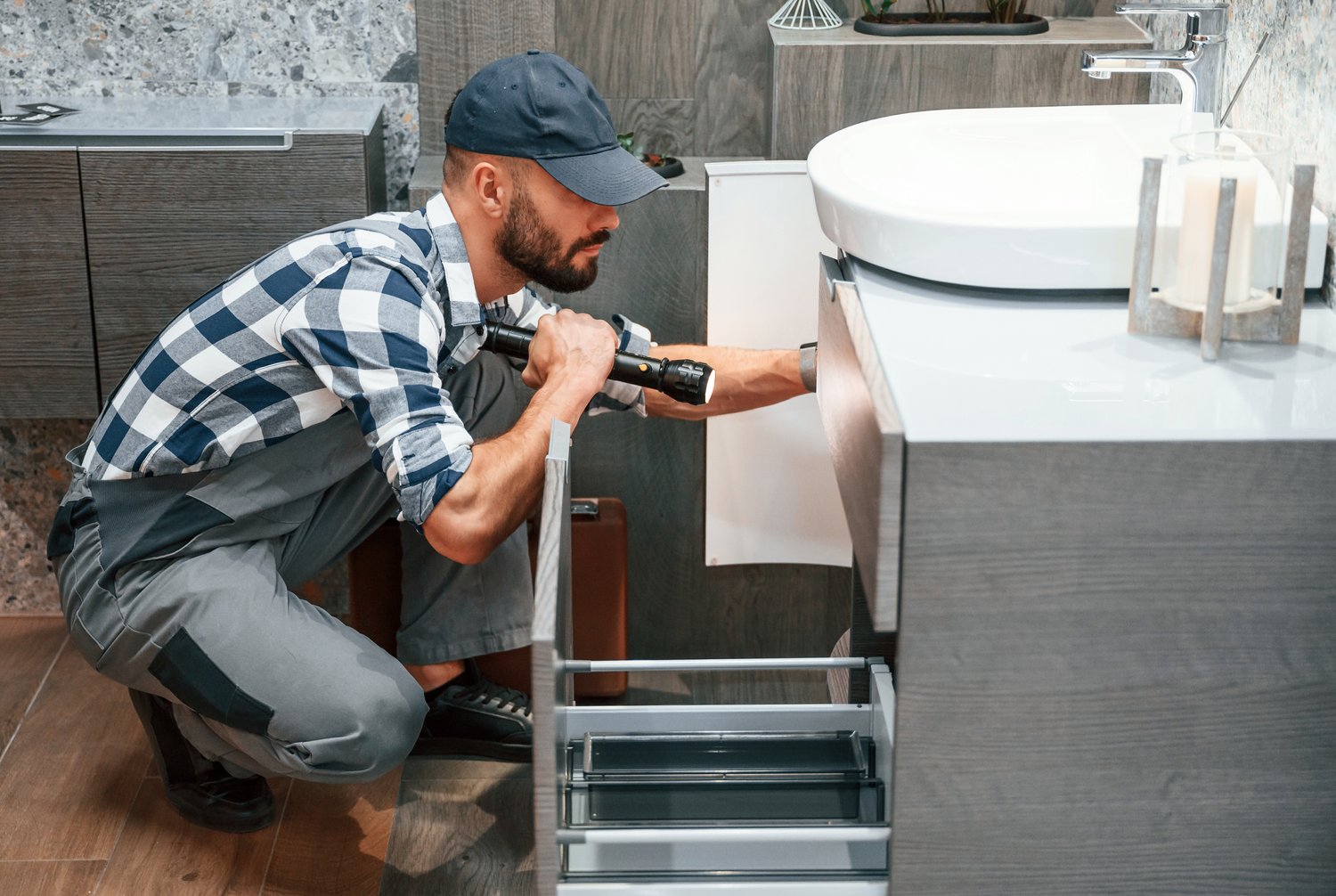As homeowners and communities increasingly focus on environmental sustainability, permeable pavers have emerged as an innovative solution for driveways, patios, and walkways. These specialized paving systems allow water to filter through the surface rather than running off into storm drains, helping to recharge groundwater and reduce pollution. In this article, we’ll explore the benefits of permeable pavers, compare them with other eco-friendly driveway options, examine their cost considerations, and discuss how they can help property owners meet local stormwater regulations while enhancing outdoor spaces.
What Are Permeable Pavers?
Permeable pavers, also known as pervious pavement systems, are designed with small gaps between individual units that allow water to seep through to the layers below rather than flowing across the surface. Unlike traditional concrete or asphalt that creates impermeable barriers, these sustainable paving options work with nature rather than against it. The system typically consists of the visible pavers, layers of differently sized aggregate beneath, and sometimes a geotextile fabric that together filter pollutants from water while allowing it to gradually return to the soil.
These innovative systems come in various materials including concrete, clay, recycled plastic, and natural stone. Each type offers different aesthetic qualities while maintaining the fundamental water management benefits that make permeable pavers an environmentally responsible choice for residential and commercial properties alike.
Environmental Benefits of Permeable Paving
The environmental advantages of permeable pavers extend far beyond their appealing appearance. By allowing rainwater to infiltrate the ground naturally, these systems help restore the natural water cycle that gets disrupted in heavily paved urban and suburban areas. This natural infiltration process filters out pollutants like oil, fertilizers, and other contaminants that would otherwise be carried into streams, rivers, and lakes.
Additionally, pervious pavement systems help reduce erosion and flooding by minimizing surface runoff during heavy rainfall. The ability to manage stormwater on-site can be particularly valuable in areas prone to flooding or where municipal storm systems are overtaxed. By reducing the heat island effect common with traditional dark pavements, permeable surfaces can also contribute to cooler ambient temperatures around buildings, potentially reducing cooling costs in warm months.
Comparing Permeable Pavers to Other Eco-Friendly Driveway Options
When considering sustainable paving alternatives, homeowners have several eco-friendly driveway options beyond permeable pavers. Gravel driveways provide natural drainage but require regular maintenance and can be unstable. Grass pavers (concrete grids filled with soil and planted with grass) offer excellent permeability but may not withstand heavy traffic. Porous asphalt and pervious concrete are solid surfaces with tiny voids that allow water passage, though they may not offer the aesthetic appeal of individual pavers.
What sets permeable pavers apart is their combination of durability, aesthetic variety, and environmental performance. Unlike some alternatives that may break down under heavy use or require frequent upkeep, quality permeable paver systems can last decades while maintaining both their functionality and appearance. As AskHomey often points out to homeowners considering outdoor improvements, the initial investment in superior materials often pays dividends through extended lifespan and reduced maintenance needs.
Cost Considerations for Permeable Paver Installation
The permeable pavers benefits cost equation is important for homeowners to understand before embarking on an installation project. Generally, permeable paver systems cost more upfront than traditional concrete or asphalt paving—typically 15-30% higher. This increased initial expense comes from both the specialized materials and the more complex installation process that requires proper base preparation to ensure water filtration.
However, this cost differential should be evaluated in the context of long-term value. Permeable systems often require less maintenance than traditional paving, as they resist cracking from freeze-thaw cycles and allow for easy repair of individual pavers rather than entire surfaces. Many property owners also find value in the potential for reduced stormwater utility fees or compliance with local regulations that might otherwise require costly detention systems.
Meeting Regulatory Requirements with Permeable Pavers
As municipalities nationwide implement stricter stormwater management regulations, permeable pavers have become increasingly relevant for property development and renovation projects. Many jurisdictions now limit the percentage of impervious surface allowed on a property or require on-site management of stormwater runoff. Pervious pavement systems can help property owners meet these requirements without sacrificing usable outdoor space.
Some areas even offer incentives for installing permeable surfaces, including tax rebates, reduced impact fees, or expedited permit approvals. Before installing any paving system, it’s advisable to check local codes and potential incentive programs that might affect your project’s feasibility and return on investment. Proper documentation of your permeable paver installation may be necessary to qualify for these programs or demonstrate regulatory compliance.
Installation and Maintenance Considerations
Proper installation is crucial for the long-term performance of any pervious pavement system. The process typically involves excavating to a depth of 8-12 inches, installing layers of differently sized aggregate, and carefully placing the pavers to maintain consistent spacing. While determined DIYers might tackle small permeable paver projects, professional installation is recommended for driveways and larger applications to ensure proper water management.
Maintenance requirements are relatively minimal but important. Regular sweeping prevents debris from clogging the spaces between pavers, while occasional vacuuming may be needed to remove finer particles that could impede water flow. In areas with many trees, more frequent cleaning may be necessary during fall months. With proper care, a quality permeable paver system can maintain its functionality and appearance for decades, making it a truly sustainable paving solution for environmentally conscious property owners.
For more tips and to connect with reliable home service professionals, follow AskHomey on Facebook and Instagram.



